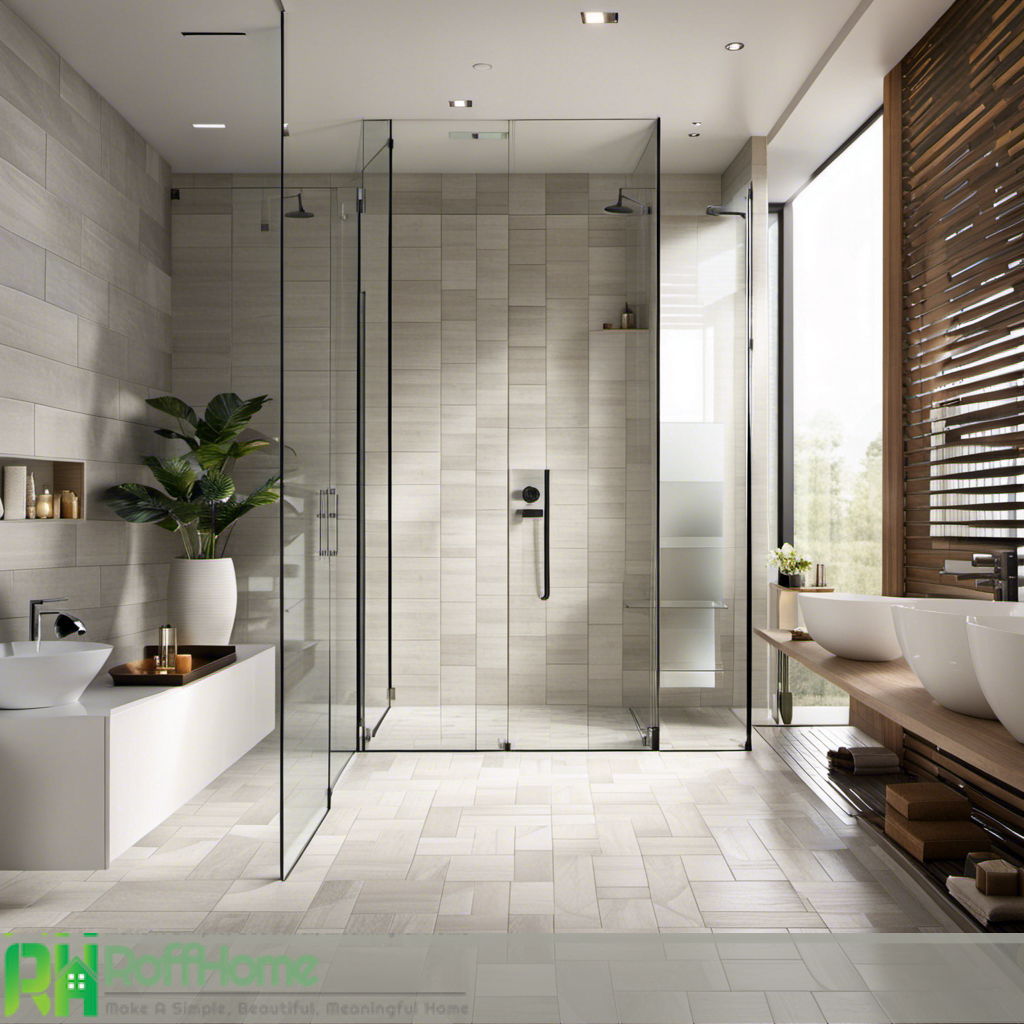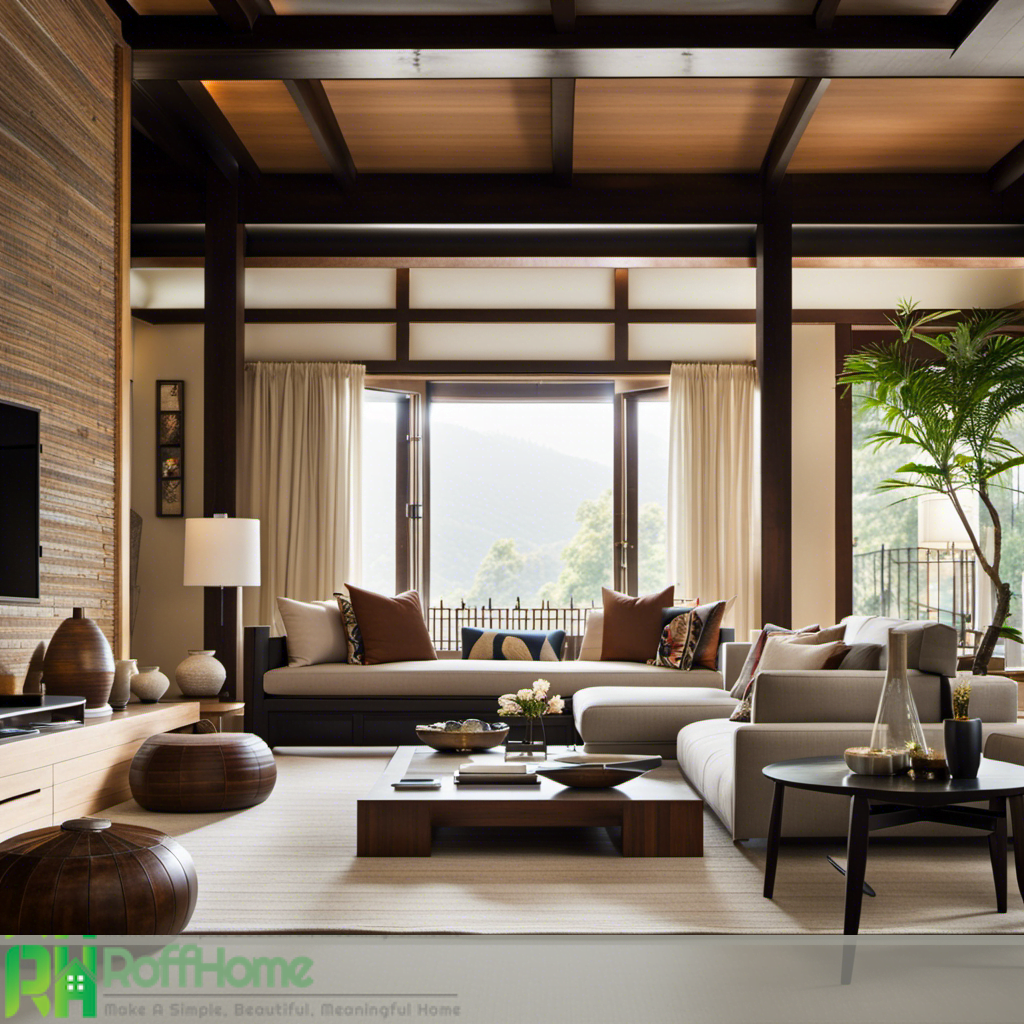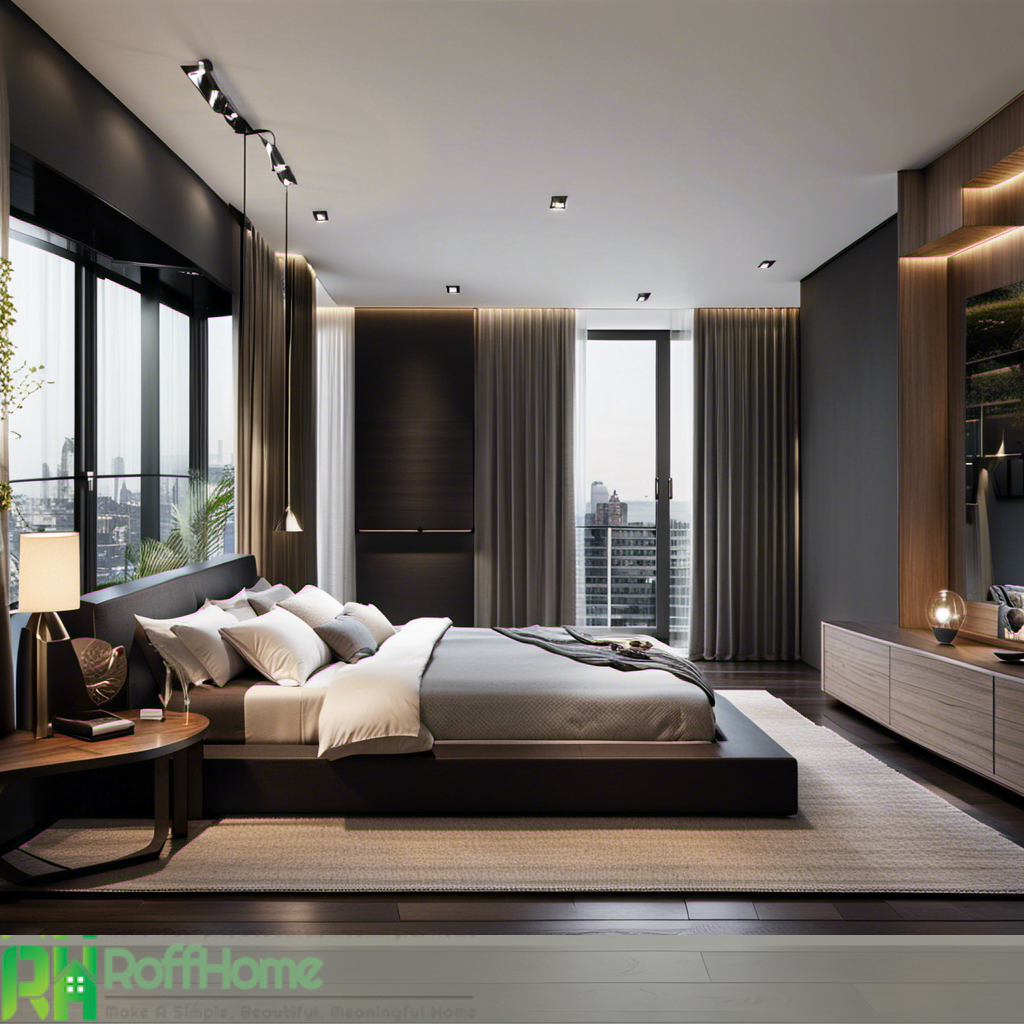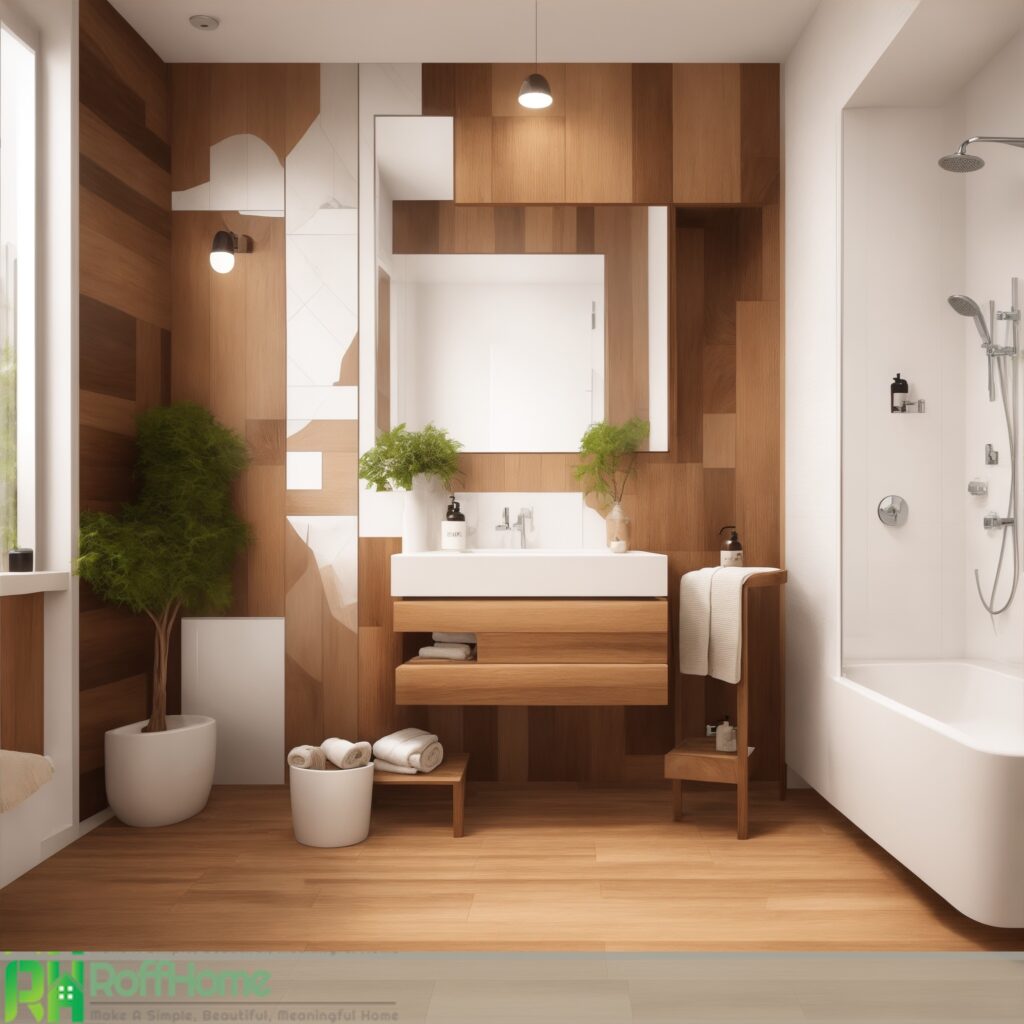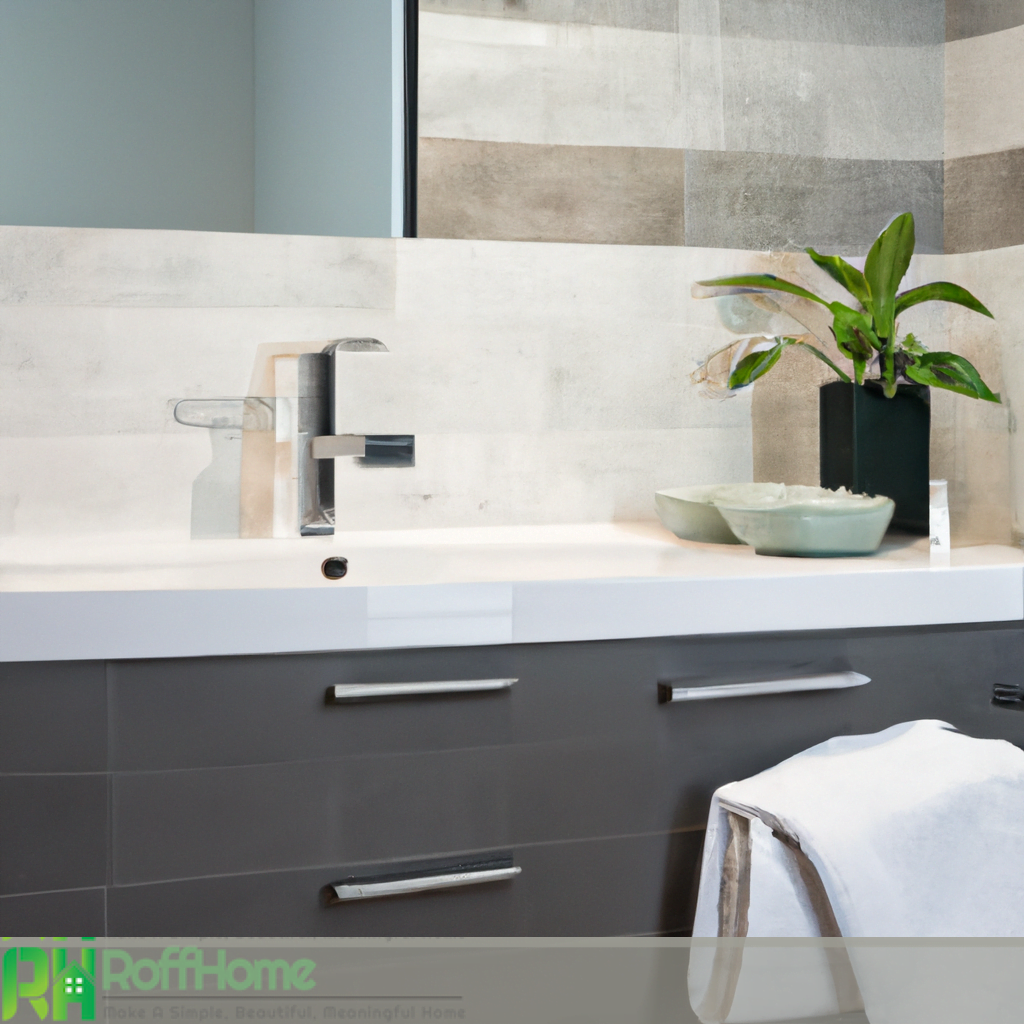Luxurious Freestanding Tub Bathroom Ideas for a Spa-Like Oasis
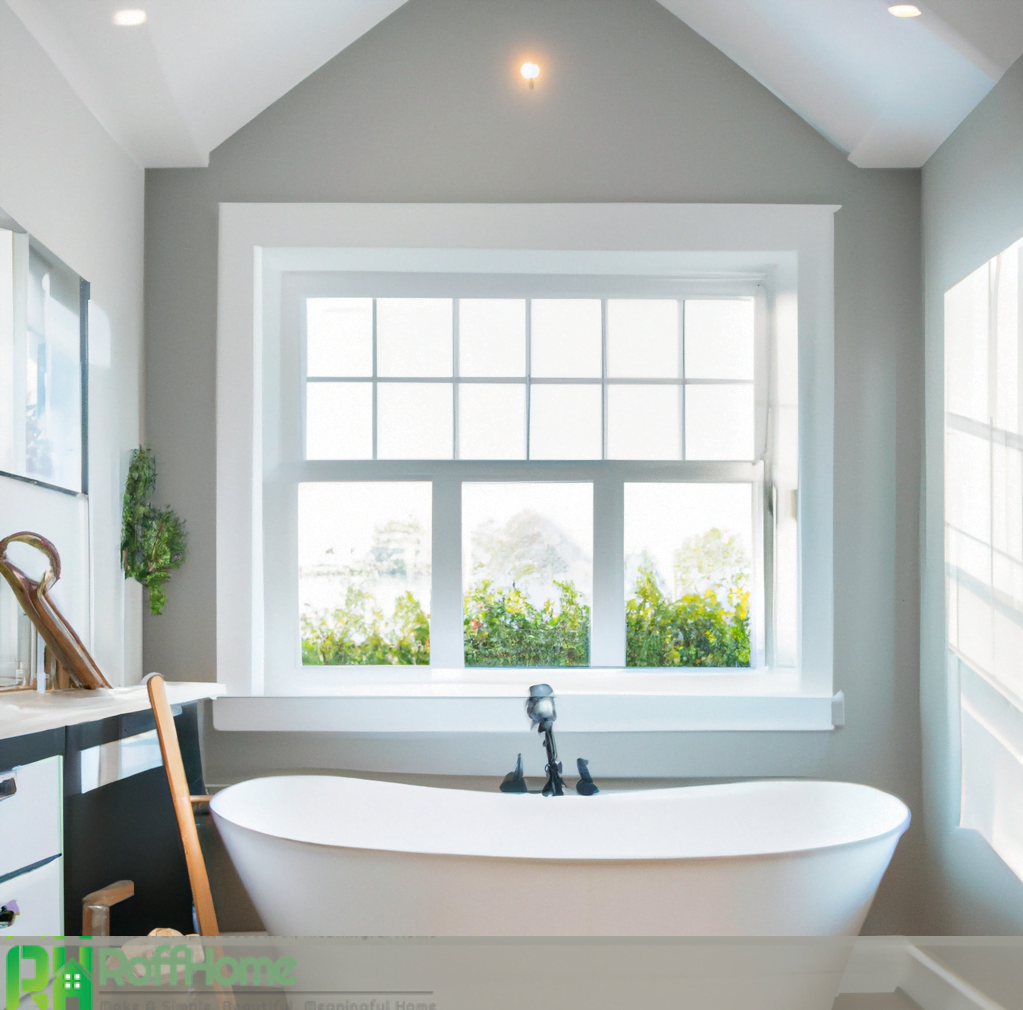
Freestanding tubs bathroom have become a popular addition to modern bathrooms, providing a spa-like experience right in the comfort of your home. They offer a sense of luxury, relaxation, and aesthetic appeal that enhances the overall ambiance of any bathroom.
When considering a freestanding tub bathroom, there are various bathroom ideas to explore that can suit your needs and preferences. From different types of freestanding tubs, including clawfoot, pedestal, contemporary and traditional tubs, to the benefits of location, materials, and maintenance, numerous factors are to consider when designing your bathroom with a freestanding tub in mind.
For those with a small bathroom, there are clever design ideas that can maximize space and make the most of a freestanding tub installation. And for those considering a bathroom remodel, a freestanding tub can be a beautiful focal point and transform the space into a luxurious spa-like retreat.
We will explore various freestanding tub bathroom ideas, including the history and evolution of freestanding tubs in bathroom design and the importance of proper installation, plumbing, lighting, and accessories to complement your tub. Additionally, we will answer frequently asked questions and provide tips on creating the perfect freestanding tub bathroom that balances aesthetics and functionality.
The history and evolution of freestanding tubs in bathroom design
Freestanding tub bathroom have been around for centuries and have been integral to bathroom design throughout history. The earliest known freestanding tubs can be traced back to ancient Greece and Rome, which were made of stone and considered luxury items. During the Renaissance, freestanding tubs became more ornate and were often made of copper or brass.
In the 19th century, the invention of casting iron made it possible to create more intricate and elaborate freestanding tubs. The clawfoot tub, still a popular choice today, was first introduced during this time. It was designed with four legs that resembled animal claws, hence the name, and was made of cast iron or porcelain.
In the early 20th century, freestanding tub bathroom became less popular as built-in tubs became the norm. However, they regained popularity in the 1960s and 70s as homeowners focused more on creating a spa-like atmosphere in their bathrooms. Freestanding tubs became more contemporary and were often made of acrylic or fiberglass.
Today, freestanding tub bathroom continue to evolve in bathroom design. They are available in various materials, including marble, granite, and wood, and come in multiple shapes and sizes. Some freestanding tubs even have built-in jets for a more therapeutic bathing experience.
The history and evolution of freestanding tubs in bathroom design demonstrate how this luxurious item has become a staple in modern bathroom design. From the stone tubs of ancient times to the sleek, stylish designs of today, freestanding tubs have stood the test of time and will continue to be a popular choice for those looking to create a spa-like oasis in their home.
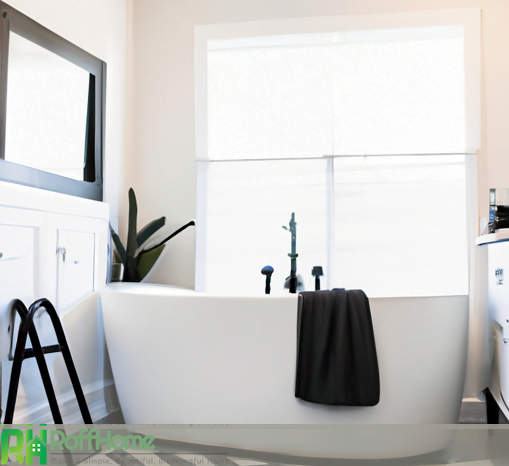
Modern and Minimalist Freestanding Tub Bathroom Ideas
Modern and minimalist freestanding tub bathroom ideas are becoming increasingly popular among homeowners looking to create a sleek, sophisticated bathroom design. The focus is on clean lines, minimal clutter, and serenity and calmness.
When designing a modern and minimalist bathroom, choosing a freestanding tub that complements the overall aesthetic is essential. Many contemporary freestanding tubs are made of materials such as acrylic or fiberglass, which are easy to maintain and can be molded into sleek and modern shapes. These tubs often have simple, minimalist designs with clean lines and a streamlined appearance.
It’s essential to keep the surroundings of the freestanding tub bathroom uncluttered. Opt for a simple color palette with neutral tones like white, black, or gray. Minimalist bathroom accessories, such as towel bars and soap dispensers, should be chosen for their simplicity and clean lines.
Lighting is also crucial in a modern and minimalist bathroom. Consider incorporating recessed lighting or sleek fixtures that blend seamlessly with the overall design. Additionally, adding a large window or skylight can bring in natural light and create a sense of openness.
The consider placing it in the center of the room to create a focal point. This can be further accentuated by using a statement wall or accent tile to draw the eye to the tub.
Freestanding Tub Bathroom Ideas for Traditional and Classic Spaces
Freestanding tub bathroom ideas for traditional and classic spaces focus on creating a timeless and elegant atmosphere. These designs often incorporate classic elements such as clawfoot tubs, pedestal tubs, and vintage fixtures.
One of the critical elements in a traditional or classic bathroom design is the choice of materials. Many traditional freestanding tub bathroom are cast iron or porcelain, offering durability and a classic look. Additionally, classic materials such as marble or granite can be used for the floors and walls to add to the overall aesthetic.
Another critical aspect of a traditional or classic freestanding tub bathroom design is ornate fixtures and accessories. Standard bathroom faucets often have a vintage-inspired look, with detailed handles and elegant finishes. Similarly, vintage-inspired lighting fixtures can add to the overall ambiance of the space.
The consider placing it in front of a large window or under a chandelier to create a sense of grandeur. A statement wall with decorative tiles or wallpaper can add to the traditional aesthetic.
Choosing classic and timeless bathroom accessories such as antique mirrors or framed artwork is essential. Soft, plush towels and bath mats in neutral or muted colors can add to the luxurious and elegant atmosphere.
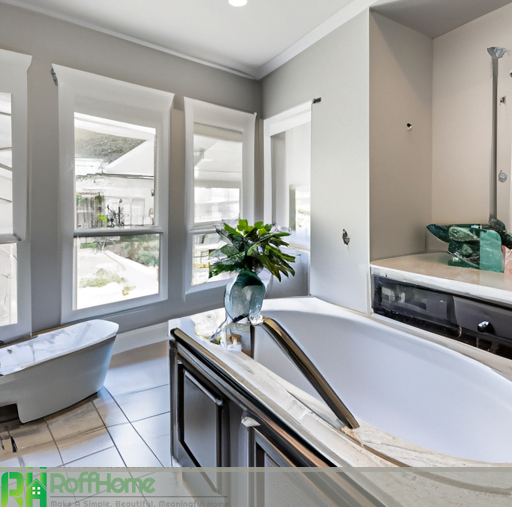
Designing Dream Bathroom: Incorporating a Freestanding Tub into the Space
Designing a dream bathroom often involves incorporating a freestanding tub into the space. This luxurious addition can create a spa-like atmosphere and elevate the bathroom’s overall aesthetic. However, several key factors must be considered when designing a bathroom with a freestanding tub.
Firstly, the bathroom’s size and layout should be considered. Freestanding tub bathroom come in various sizes and shapes, so choosing one that fits well in the available space is essential without overcrowding the room. Additionally, consider the placement of the tub to ensure that it is easily accessible and doesn’t obstruct the room’s flow.
When it comes to the style of the freestanding tub, there are numerous options to choose from. Modern tubs with clean lines and minimalist designs can create a sleek and contemporary look, while clawfoot or pedestal tubs can add a vintage-inspired touch to the space.
The materials used in the bathroom design can also play a significant role in the overall aesthetic. For example, natural stone tiles or marble countertops can add a luxurious and sophisticated touch to the space. Alternatively, concrete floors or exposed brick walls can achieve a more rustic or industrial look.
Incorporating accessories and lighting can further enhance the ambiance of the bathroom. Adding a statement chandelier or pendant light fixture can create a focal point and enhance the luxurious feel. Additionally, using plush towels and bath mats in neutral colors can add a spa-like touch to the space.
Freestanding Tub Bathroom Ideas for Small Bathrooms: Maximizing Space
Freestanding tub bathroom can be a luxurious addition to any bathroom, but when it comes to small spaces, it’s essential to think creatively to make the most of the available space. Here are some freestanding tub bathroom ideas for small bathrooms that can help to maximize space.
Firstly, consider the size and shape of the freestanding tub. Smaller tubs, such as a Japanese soaking tub, can provide the same luxurious experience as a giant tub without taking up as much space. Alternatively, corner tubs can be an excellent option for small bathrooms as they fit snugly into the corner of the room and free up space for other bathroom fixtures.
Another way to maximize space is to consider the placement of the tub. Placing the tub against a wall or in a corner can create more floor space in the bathroom. Additionally, installing a showerhead above the tub can turn it into a dual-purpose fixture, saving space that a separate shower would otherwise take up.
When it comes to the design of the bathroom, it’s essential to choose materials and fixtures that create a sense of openness and light. Light colors and reflective surfaces, such as glass tiles or mirrors, can make the bathroom feel larger and brighter.
Storage is also essential in small bathrooms. Choosing a freestanding tub with built-in storage or adding shelves or cabinets above the toilet helps keep the bathroom organized and clutter-free.
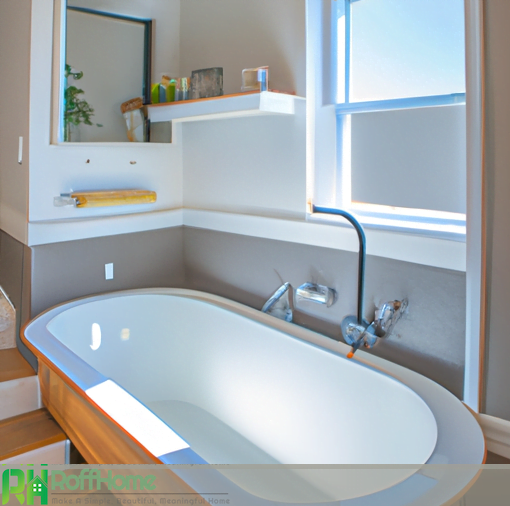
How to Choose the Right Freestanding Tub for Your Bathroom
Choosing the right freestanding tub bathroom for your bathroom can be exciting and daunting. With so many options available, figuring out where to start can take time.
Firstly, consider the size and layout of your bathroom. Measure the available space to determine the maximum size of the tub that will fit comfortably. Additionally, consider the placement of the tub to ensure that it doesn’t obstruct the room’s flow.
The shape of the tub is another important consideration. Freestanding tubs come in various forms: oval, rectangular, and round. Consider the overall design of your bathroom and choose a shape that complements the existing fixtures and decor.
When it comes to the style of the tub, there are many options to choose from. Clawfoot tubs have a vintage feel, while pedestal tubs create a more modern look. Additionally, contemporary tub designs have clean lines and minimalist features.
The material of the tub is another essential factor to consider. Freestanding tubs can be made from various materials, including acrylic, cast iron, and stone.
Finally, consider the overall aesthetic and functionality of the tub. Some tubs have built-in features, such as jets or heated surfaces, that add to the overall luxury and relaxation experience. Additionally, consider the maintenance requirements of the tub, as well as the cost and installation process.
The Cost of a Freestanding Tub Bathroom: Budgeting Tips and Tricks
A freestanding tub can add a touch of luxury and elegance to any bathroom, but it’s essential to consider the cost before embarking on a renovation project. Here are some tips and tricks for budgeting for a freestanding tub bathroom.
Firstly, consider the cost of the tub itself. Freestanding tubs come at different prices, from a few hundred dollars for an acrylic tub to several thousand dollars for a high-end stone tub. Choosing a tub that fits your budget while meeting your needs and preferences is essential.
Additionally, consider the cost of installation. Freestanding tubs require a plumbing hookup, which may require additional work if the bathroom has yet to be designed with a freestanding tub in mind.
When budgeting for a freestanding tub bathroom, it’s essential also to consider the cost of any additional fixtures and materials, such as faucets, tiles, and lighting. It’s important to choose fixtures and materials that fit your budget while still complementing the bathroom’s overall design.
Another tip for budgeting for a freestanding tub bathroom is considering alternative options. For example, a smaller freestanding or corner tub may be a more cost-effective option for smaller bathrooms. Additionally, purchasing a pre-owned tub or opting for a less expensive material can reduce costs.
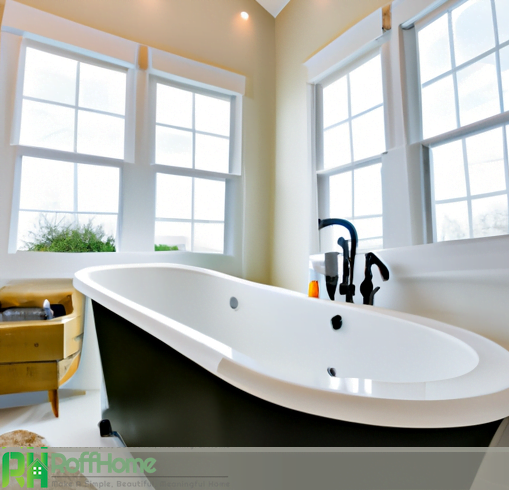
Tips and tricks for maintaining and cleaning freestanding tub to keep it looking new
Freestanding tubs are a beautiful addition to any bathroom, but proper maintenance and cleaning are essential to keep them looking fresh. Here are some tips and tricks for maintaining and cleaning your freestanding tub.
Consider using a non-abrasive cleaner designed explicitly for freestanding tubs to remove stubborn stains or build-up. Follow the manufacturer’s instructions carefully and rinse the tub thoroughly after cleaning.
To prevent soap scum and build-up, consider using a squeegee or towel to wipe down the tub after each use. This will help remove any excess water and prevent mineral deposits from forming on the tub’s surface.
It’s also essential to keep the tub dry when not in use. Use a towel or cloth to dry the tub and surrounding area after each use thoroughly.
Regarding maintenance, checking the tub regularly for any signs of wear or damage is essential. Look for cracks, chips, or other damage to the tub’s surface, and address any issues promptly to prevent further damage.
The Pros and Cons of Freestanding Tubs: Is It the Right Choice for Your Bathroom?
Freestanding tubs are a popular choice for modern bathroom design but have advantages and disadvantages. Before deciding on your bathroom, here are some pros and cons of freestanding tubs.
Pros:
- Aesthetics: Freestanding tubs are an attractive and luxurious addition to any bathroom, adding a touch of elegance and sophistication to the space.
- Flexibility: Freestanding tubs can be installed in various locations, including the center of the room, against a wall, or in a corner, providing greater flexibility in bathroom design.
- Comfort: Freestanding tubs offer a deeper soak than traditional built-in tubs, providing a more comfortable and relaxing experience.
- Easy Installation: Freestanding tubs can be installed with minimal plumbing work, making them a relatively easy addition to any bathroom.
Cons:
- Cost: Freestanding tubs can be more expensive than traditional built-in tubs, both in terms of the cost of the tub itself and the installation cost.
- Space: Freestanding tubs can take up more space in a bathroom than traditional built-in tubs, which can disadvantage smaller bathrooms.
- Maintenance: Freestanding tubs can be more challenging to clean and maintain than traditional built-in tubs, as they require cleaning inside and outside the tub.
- Plumbing: Freestanding tubs require specific configurations, which may require additional work and expense during installation.
In conclusion, freestanding tubs can be a stunning addition to any bathroom, offering aesthetic and functional benefits. With a wide range of design ideas and options, there are endless possibilities for incorporating a freestanding tub into your toilet.

